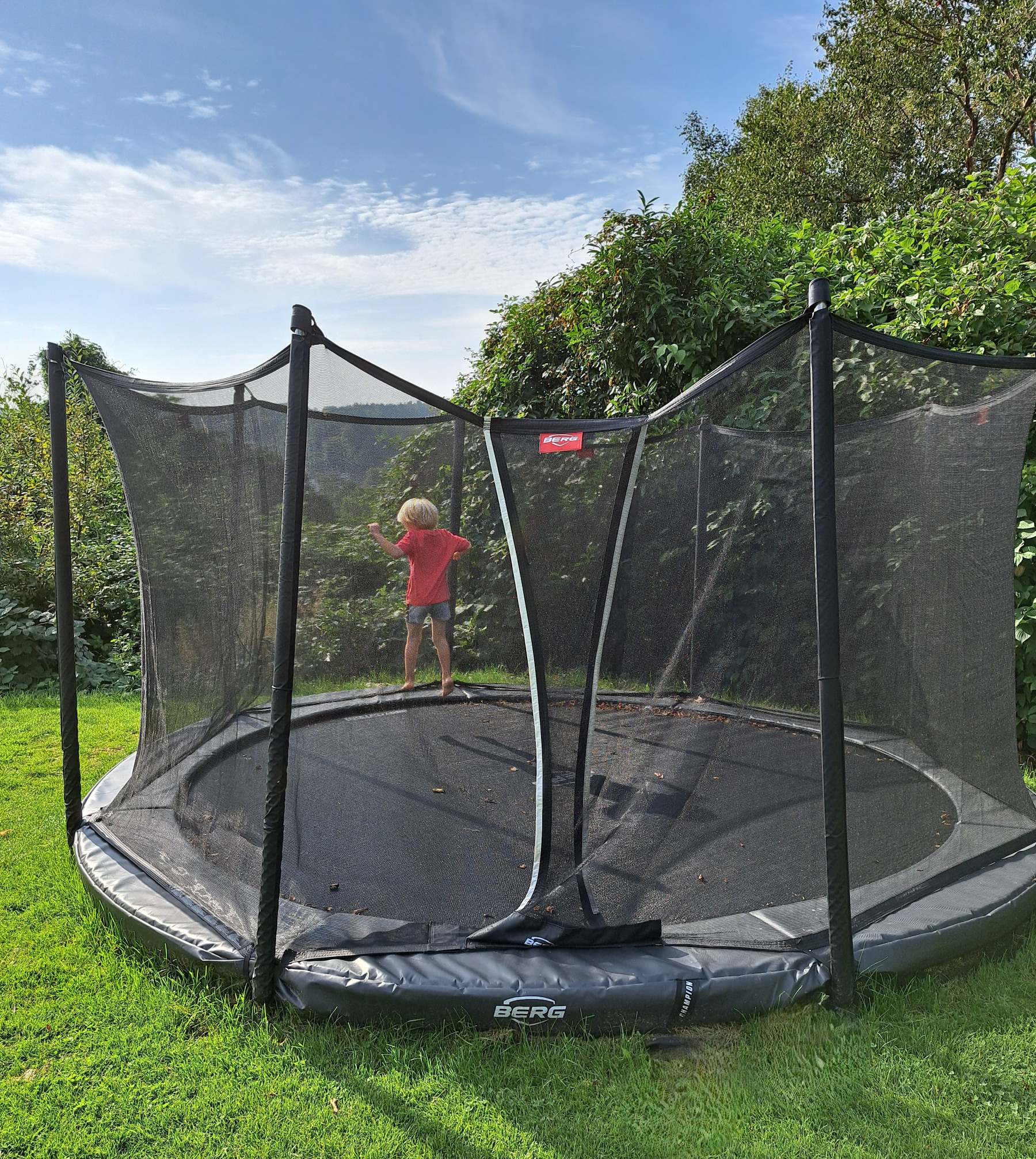Creating a sensory-friendly playroom is a great way to support your child’s sensory development, whether they have sensory processing disorder (SPD) or just benefit from a calm, engaging environment. A well-designed playroom can provide a safe space for exploration and learning, tailored to your child’s unique sensory needs. Here are some tips and tricks to get you started:
1. Understand Your Child’s Sensory Profile
Every child is different. Before you begin designing the playroom, take some time to understand your child’s sensory preferences. You can observe their behavior or consult with an occupational therapist for a more in-depth assessment. Check out my page about Sensory Profiles.
2. Choose the Right Colors and Lighting
Colors and lighting play a crucial role in setting the tone of the playroom. Soft, muted colors like pastel blues, greens, and purples can create a calming atmosphere, while brighter colors like yellow or red can energize. Natural lighting is ideal – These colors work well as a base, allowing you to add pops of color in specific areas without overwhelming the senses. Avoid harsh fluorescent lights, which can be overstimulating.
3. Include a Variety of Textures
Incorporating different textures into the playroom helps your child explore tactile sensations. Consider rugs, cushions, and toys made from various materials like fleece, silk, or even rubber. You can also include sensory bins filled with rice, beans, or sand for a more hands-on experience.
4. Designate Zones for Different Activities
Create distinct zones in the playroom for various types of sensory activities. For example, a quiet corner with soft seating can be used for reading or calming down, while an active zone might include a mini trampoline or a swing for more energetic play. This helps your child transition between activities without becoming overwhelmed.
5. Keep It Organized
Clutter can be overwhelming, especially for children with SPD. Use storage solutions like bins, shelves, and baskets to keep the playroom organized. Labeling containers with pictures or words can help your child learn to clean up after themselves and reduce sensory overload from a chaotic environment.
6. Include Calming Elements
Make sure to include elements that can help your child calm down if they become overstimulated. This could be a small tent or a cozy nook where your child can retreat when they need a break.
7. Keep Safety in Mind
Ensure that the playroom is a safe space by covering sharp edges, securing heavy furniture to the wall, and using a mattres or similar under swings or climbing devices. Safety is especially important in a room where your child will be encouraged to explore and play freely.
With careful planning and a little creativity, you can design a playroom that meets your child’s needs and encourages their growth – all while they are having lots of fun!



